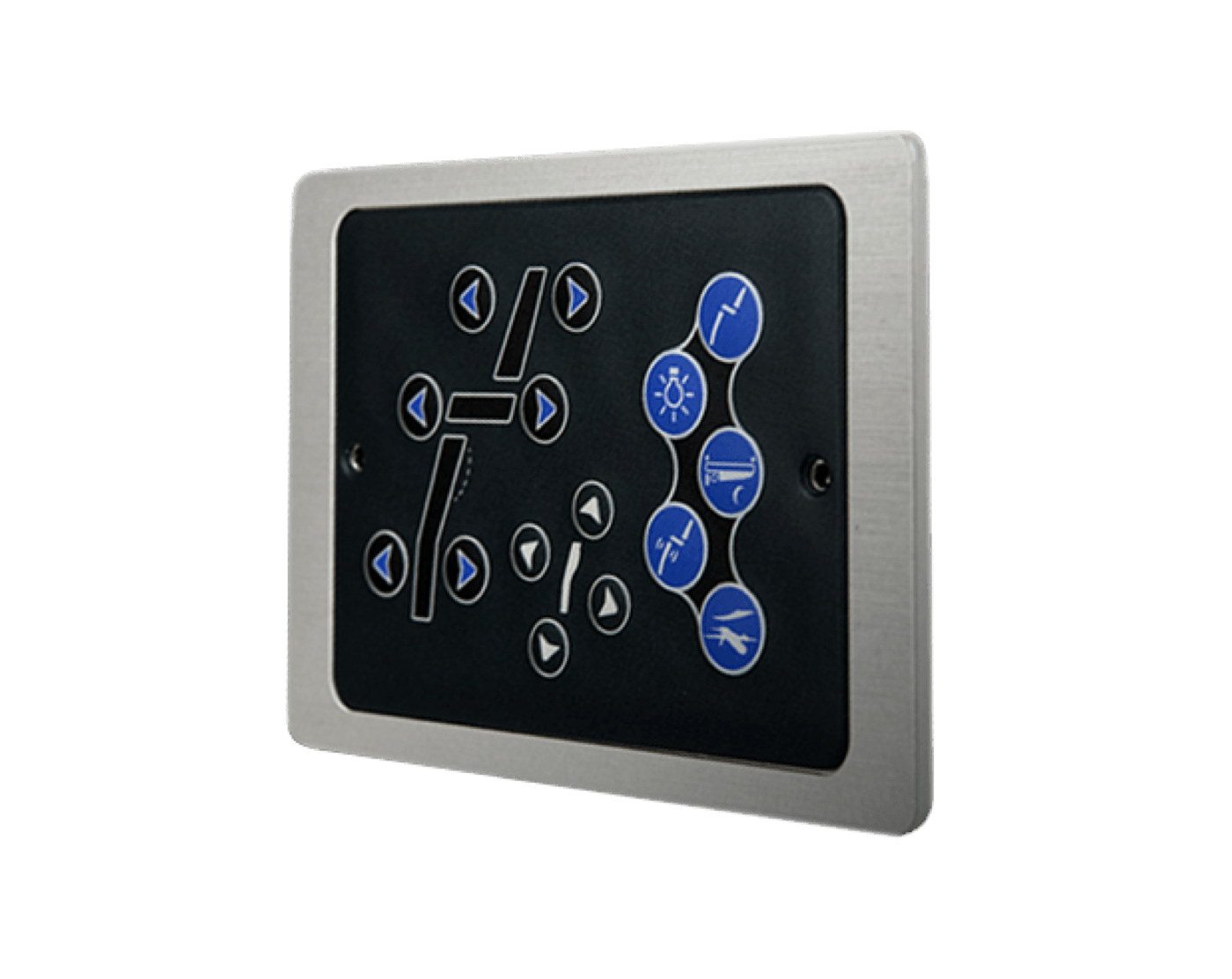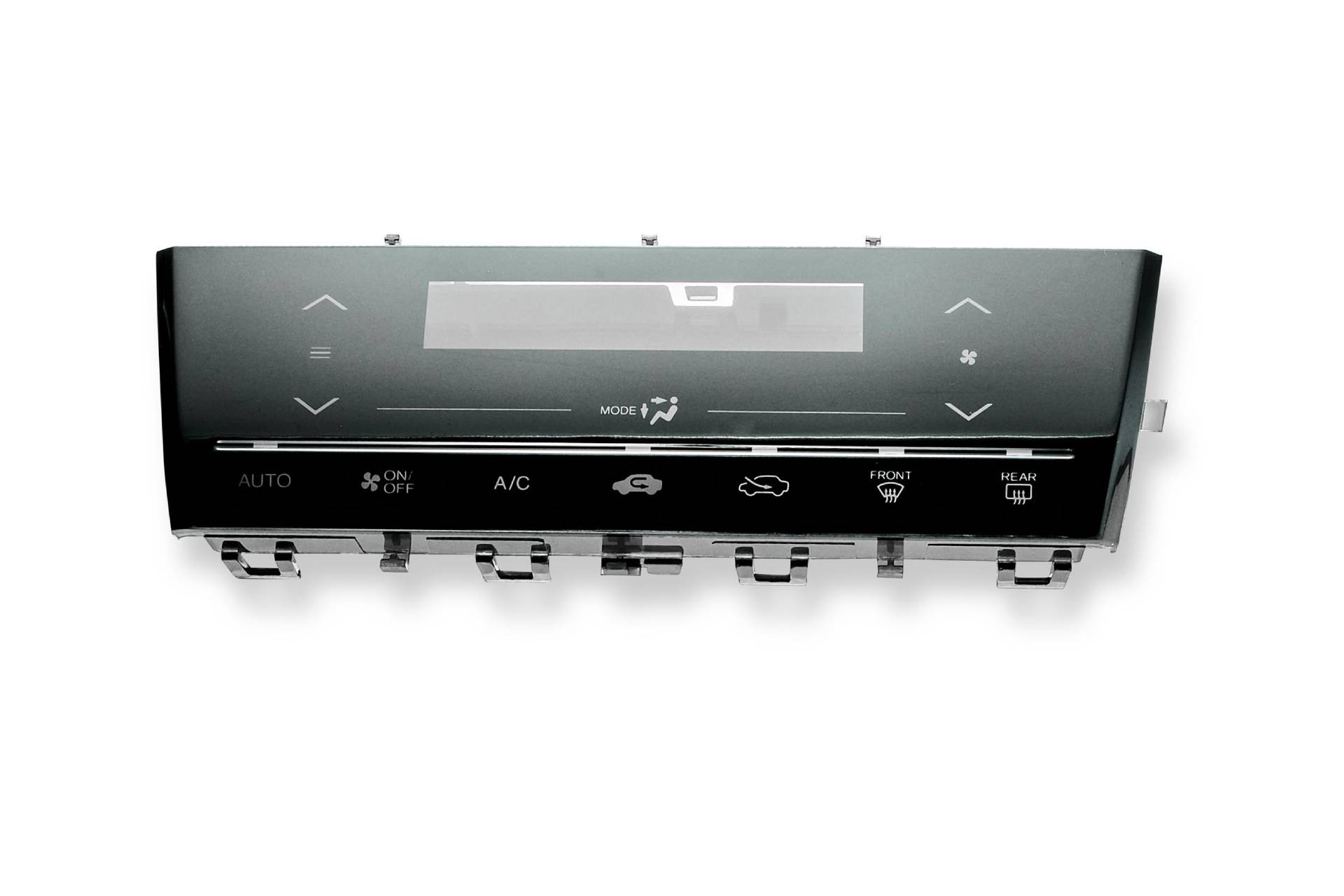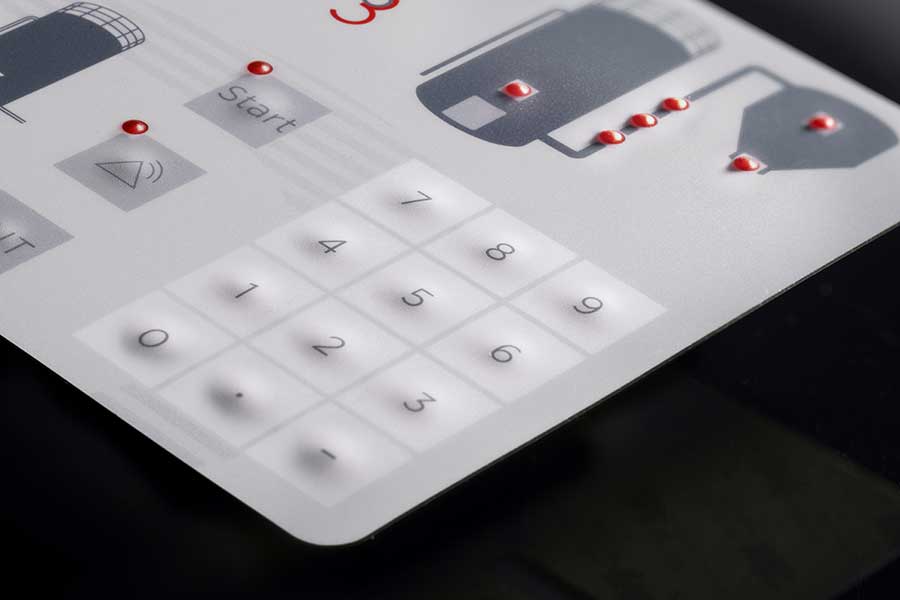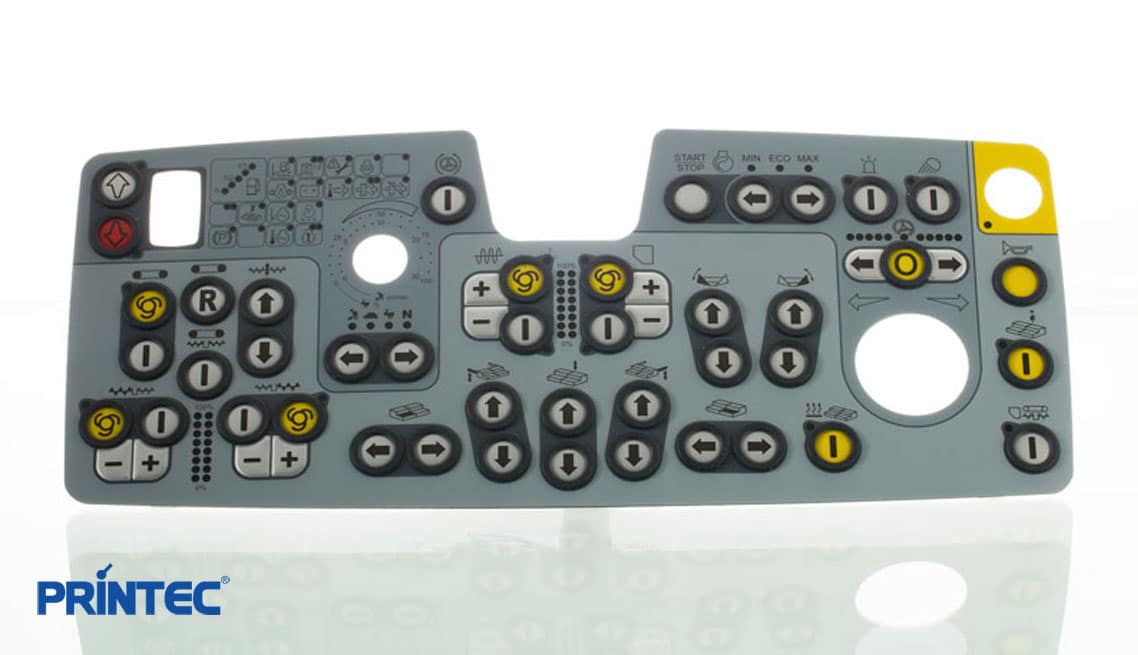All Concerning Membrane Change: Comprehending Its Layout and Capability
When you consider the control interfaces in contemporary devices, membrane buttons frequently enter your mind. These components are much more than just switches; they blend style and performance seamlessly. Recognizing exactly how they function and what makes them efficient can alter your perspective on everyday electronic devices. However, there are nuances to their design and performance that you may not be conscious of. Allow's discover what collections membrane switches over in addition to various other control systems.
What Are Membrane Layer Buttons?

Their smooth nature makes them simple to tidy and immune to dirt and moisture, an important function in lots of settings. Membrane layer buttons can also be personalized concerning form, size, and graphics, permitting suppliers to develop special interfaces tailored to certain items. Plus, they're lightweight and thin, which helps in minimizing the overall mass of tools. On the whole, membrane switches play a significant duty in improving customer experience across a vast variety of applications.
How Membrane Layer Switches Over Work
When you press a trick on a membrane layer switch, it triggers a simple yet reliable mechanism. membrane switch manufacturer. The leading layer, typically made of versatile product, presses down onto a conductive layer beneath it.
You'll see that the tactile feedback varies based on the switch style, supplying either a soft click or an extra noticable reaction. When you launch the secret, the membrane layer returns to its original position, resuming the circuit and quiting the signal. This procedure occurs almost immediately, making sure a responsive individual experience.
Membrane buttons are preferred as a result of their sturdiness and resistance to dirt and dampness, making them perfect for numerous applications, from family appliances to clinical tools. Understanding this procedure assists you value their prevalent use.
Key Parts of Membrane Buttons
Comprehending the vital parts of membrane layer switches is basic for understanding their performance and style. At the core, you'll find the visuals overlay, which gives the aesthetic interface for customers. Below that, there's a spacer layer that divides the circuit layers, ensuring that they don't make call up until pushed. The circuit layer is where the magic happens; it contains conductive traces that complete the circuit when you press the switch. One more crucial element is the glue support, permitting the button to stick to surface areas securely. The protective layer shields versus ecological factors and wear, expanding the button's life expectancy. Each component plays a significant duty in making sure reliable efficiency and user communication. By comprehending these parts, you'll get insight right into exactly how membrane layer switches operate and their relevance in various applications.
Products Utilized in Membrane Switch Over Design
The performance and sturdiness of membrane switches greatly rely on the materials made use of in their layout. You commonly encounter polyester and polycarbonate as main substrates due to their exceptional toughness and flexibility. These materials stand up to scrapes and chemicals, making them ideal for demanding atmospheres.
The conductive layers commonly make use of silver or carbon, selected for their integrity and conductivity. membrane switch manufacturer. Silver supplies remarkable performance, while carbon is an economical option. For the overlay, you could consider a matte or shiny coating, depending upon your aesthetic requirements and customer experience
Make certain to choose adhesives that withstand environmental elements like temperature and humidity. Picking the best materials will ensure your membrane button stands the test of time.
Design Factors To Consider for Membrane Layer Switches
While designing membrane layer switches, it's crucial to consider different variables that affect their functionality and user experience. Beginning by concentrating on the format and button size; make sure they're intuitive and very easy to navigate. Take into consideration the responsive responses you intend to provide-- will customers need a noticeable click or a softer touch? Furthermore, consider the materials you'll utilize, as they'll influence sturdiness and visual appeals.
Do not neglect the graphic design; clear labeling and color contrast are significant for exposure. Confirm your layout fits ecological factors, like dampness or temperature level variants, which can affect efficiency. Bear in mind the importance of screening models with actual individuals to gather comments and make needed modifications. This iterative process aids you refine the style, verifying it meets both useful and visual demands effectively. By very carefully taking into consideration these elements, you'll create a membrane button that enhances use and contentment.
Applications of Membrane Buttons
Membrane buttons are versatile elements found in various applications, from industrial tools to consumer electronic devices. You'll see their effect in machines that call for durable user interfaces and in gadgets that gain from sleek styles. Understanding these applications assists you appreciate the capability and functionality of membrane layer buttons in day-to-day innovation.
Industrial Devices Usage
When you're looking to enhance the functionality of commercial equipment, membrane layer switches supply a dependable service that integrates toughness with easy to use style. These switches are ideal for harsh atmospheres, supplying resistance to dirt, dampness, and chemicals. Welcome membrane switches to simplify your operations and improve overall efficiency.
Consumer Electronic Devices Integration
In the domain of customer electronics, membrane layer switches play an essential function in improving Source individual interaction and gadget functionality. Membrane layer buttons also guarantee toughness and resistance to dust and moisture, expanding the life expectancy of your electronic devices. By selecting membrane switches, you boost not just the functionality yet additionally the design of your gadgets, making everyday interactions smooth and satisfying.
Advantages and Drawbacks of Membrane Layer Switches
While membrane buttons use an array of benefits, they also feature some drawbacks that you ought to take into consideration. One significant benefit is their compact style, making them excellent for space-constrained applications. They're additionally cost-effective, providing a resilient service with a reduced manufacturing cost. Additionally, their seamless surface area is easy to tidy, enhancing hygiene in environments like hospitals.

Nonetheless, there are drawbacks. Membrane layer switches can have a shorter lifespan contrasted to mechanical buttons, especially under heavy use. They can also be much less tactile, which may impact individual comments during operation. If harmed, repairing them can be difficult and commonly calls for full replacement. Inevitably, their sensitivity to extreme temperatures and ecological problems might limit their efficiency in certain settings. Balancing these advantages and disadvantages will assist you identify if membrane layer switches are the ideal suitable for your job.
Regularly Asked Concerns
For How Long Do Membrane Layer Switches Over Usually Last?
Membrane changes commonly last between 5 to ten years, depending upon use and environmental conditions. You'll desire to review variables like wear, exposure to wetness, and temperature fluctuations to determine their durability efficiently.
Can Membrane Layer Switches Over Be Customized for Specific Styles?
Yes, you can personalize membrane buttons to fit certain designs (membrane switch manufacturer). You'll have the liberty to pick shades, shapes, and layouts that match your job's needs, guaranteeing they mix perfectly with your overall visual
What Is the Expense Array for Membrane Layer Switch Over Production?
The price array for membrane switch manufacturing typically drops between $1 and $10 each, relying on factors like style complexity, amount, and products. You can obtain quotes from makers to discover the most effective alternative.

Are Membrane Layer Switches Water-proof or Resistant?
Membrane switches can check this site out be developed to be water resistant or immune, depending upon products used and building techniques. If you require them for damp settings, assure you specify those requirements during the design process.
Just How Do Membrane Changes Contrast to Standard Buttons?
Membrane layer buttons are usually thinner and extra versatile than standard buttons, supplying a streamlined layout. They're frequently much easier to cleanse and integrate, however could not give the responsive responses you're used to with mechanical choices.
Verdict
